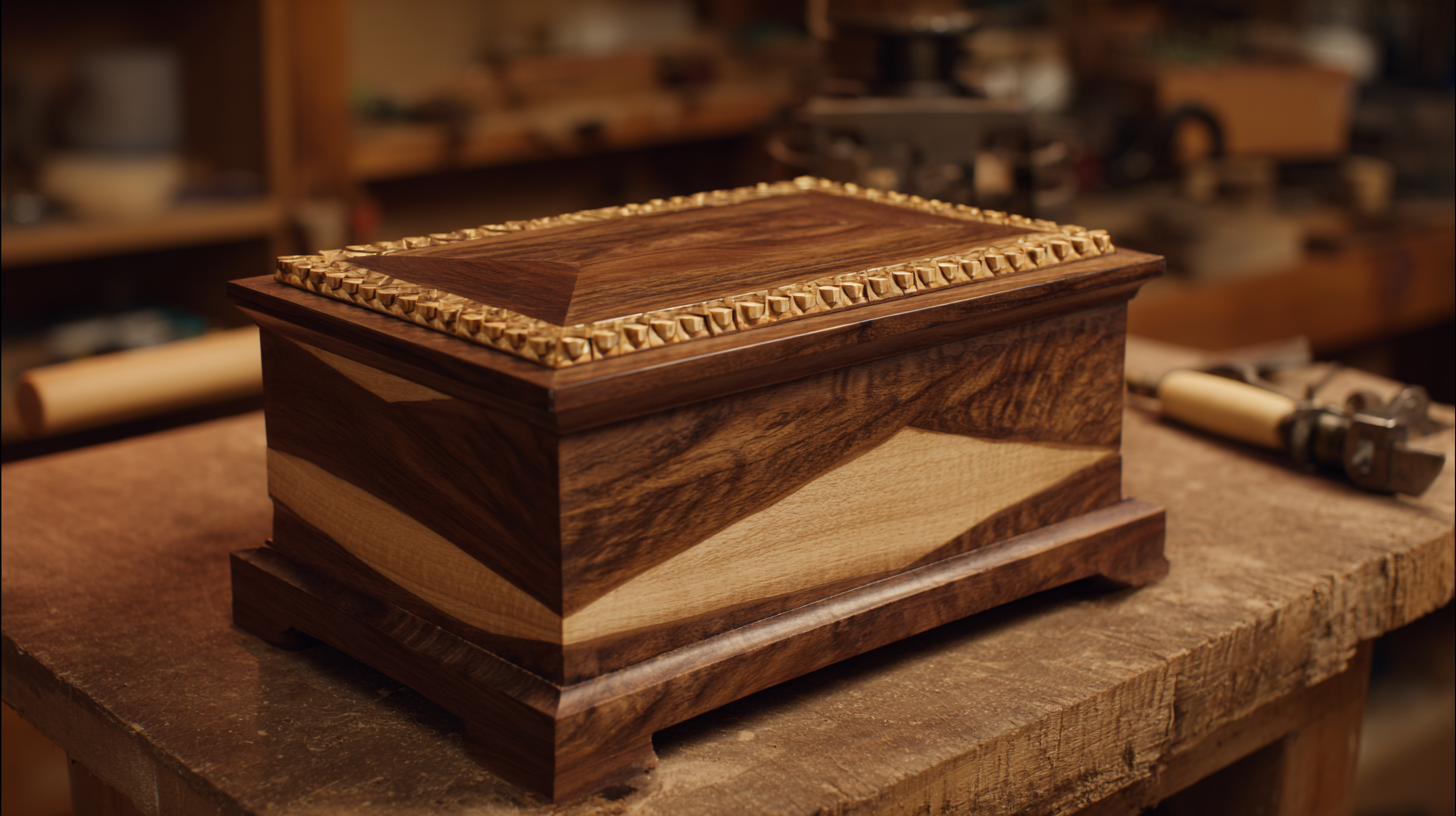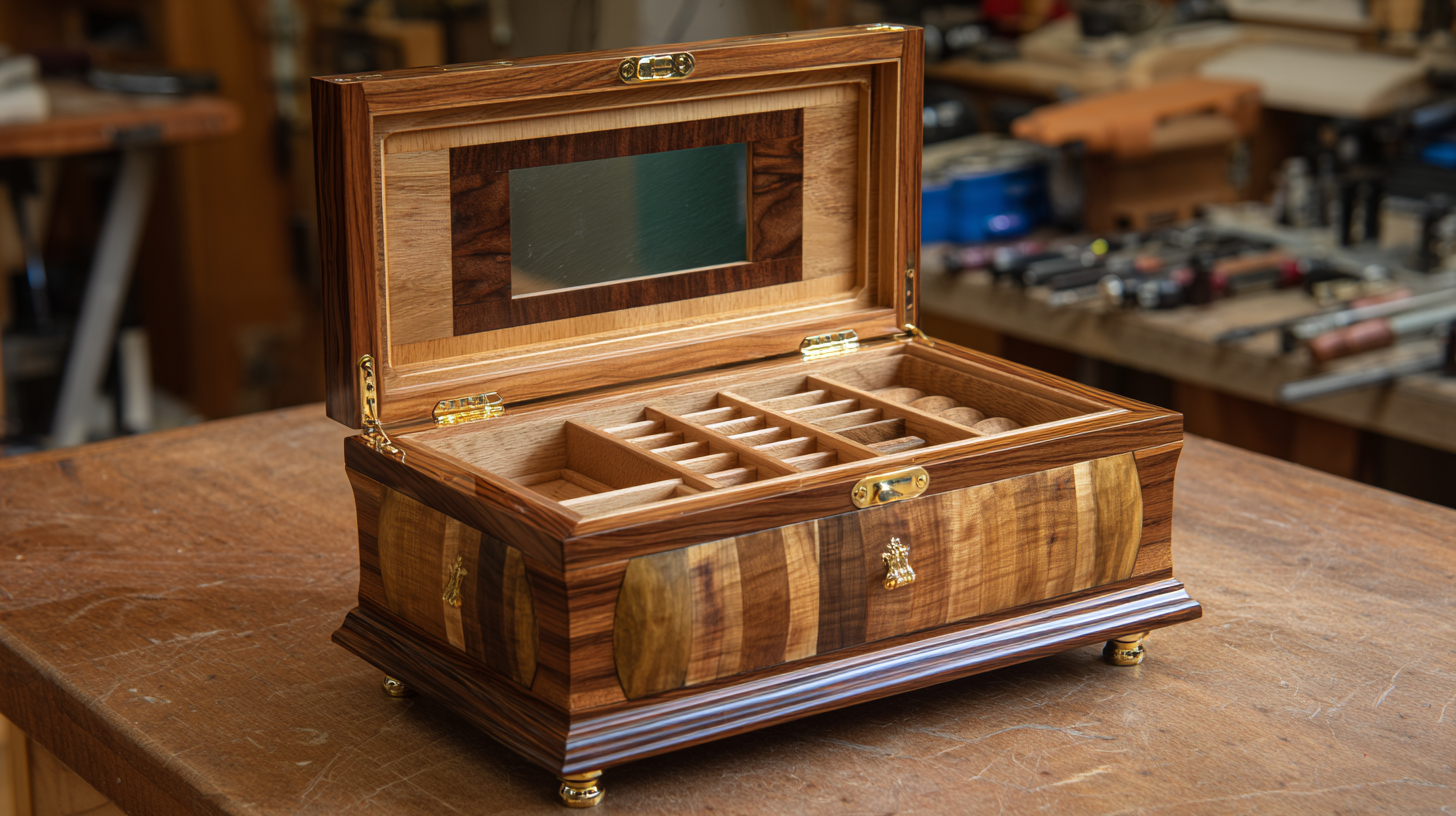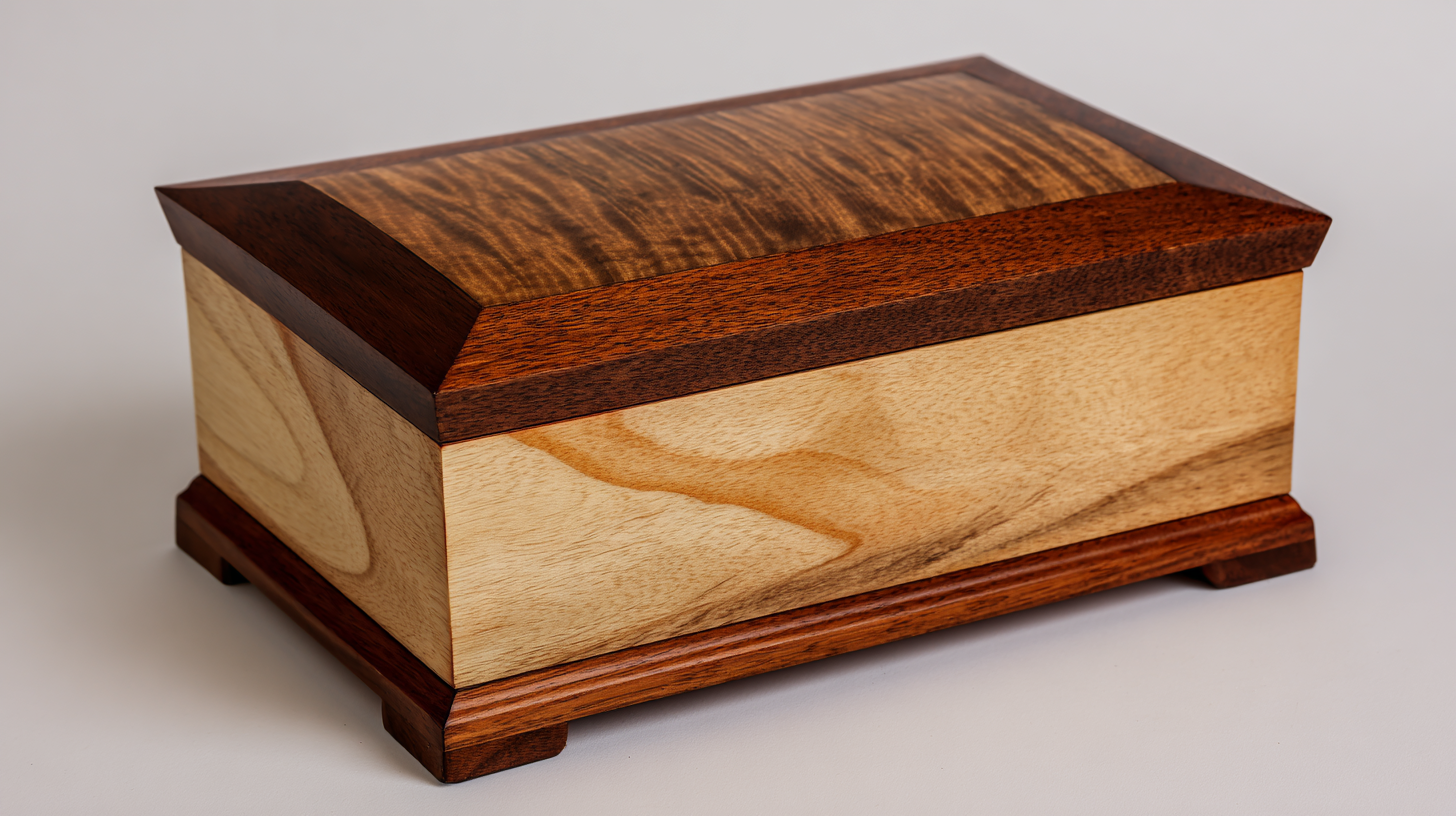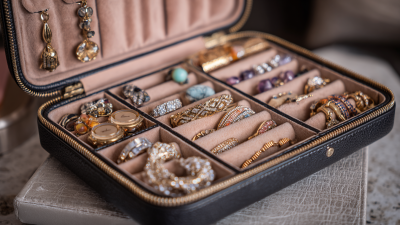 Creating a Woodwork Jewelry Box is an exquisite project that combines artistry, functionality, and personal expression. This timeless piece not only serves as a beautiful storage solution for cherished jewelry but also embodies elegance through its craftsmanship and design.
Creating a Woodwork Jewelry Box is an exquisite project that combines artistry, functionality, and personal expression. This timeless piece not only serves as a beautiful storage solution for cherished jewelry but also embodies elegance through its craftsmanship and design.
In this blog, we will explore the essential steps and techniques required to craft a Woodwork Jewelry Box that stands out while reflecting your unique style. From selecting the right materials to perfecting the intricate joinery and finishes, every detail contributes to transforming a simple idea into a stunning functional art piece.
Whether you're an experienced woodworker or a beginner eager to learn, this guide will inspire you to embark on a rewarding journey to create a Woodwork Jewelry Box that you and your loved ones will cherish for years to come.
When creating a stunning jewelry box, selecting the right wood types is crucial to achieving both beauty and durability. Different woods possess unique characteristics that can enhance the overall aesthetic appeal of your piece. For a classic look, consider using mahogany or cherry. Both woods age beautifully, developing rich colors over time that add depth to your jewelry box.
In addition to appearance, the wood's hardness and grain pattern are essential. Oak offers a striking grain that can elevate your design, while walnut provides a dark, luxurious finish that complements delicate jewelry. Whichever type you choose, ensure that it is well-suited for the intricate detailing you plan to incorporate.
Tips: Select a hardwood for durability; it will withstand the test of time and protect your jewelry. Always consider the finish as well, as oil or lacquer can enhance the natural beauty of the wood. Additionally, test wood samples to see how they react to light and your desired finish; this can save you from undesirable surprises in your final product.
When embarking on the journey to create a beautiful woodwork jewelry box, having the right tools and materials is crucial for achieving timeless elegance. First, you’ll need quality wood; hardwoods like oak, walnut, or cherry provide not just durability, but also a rich grain that adds to the box's aesthetic appeal. A reliable wood glue is essential for strong joints, while sandpaper in various grits will ensure a smooth finish. To elevate your design, consider incorporating decorative hardware such as hinges, clasps, and felt lining for the interior, enhancing both functionality and visual charm.
In addition to materials, the right tools make the crafting process more efficient and enjoyable. Start with a table saw for precise cuts, a router for adding intricate designs or curves, and a drill for making clean holes for your hardware. A miter saw can assist in achieving perfect angles for the box's corners. Don’t forget essential hand tools, like chisels, clamps, and a mallet, which are fundamental for detailed work. Together, these tools and materials will help you construct a jewelry box that not only serves its purpose but also becomes a cherished piece synonymous with elegance and craftsmanship.
| Dimension | Description |
|---|---|
| Wood Type | Maple, Mahogany, Walnut |
| Dimensions (LxWxH) | 12" x 8" x 5" |
| Joinery Technique | Dovetail Joinery |
| Finish Type | Natural Oil Finish |
| Hardware | Brass Hinges and Lock |
| Interior Lining | Velvet or Suede |
| Tools Required | Saw, Chisel, Sander, Drill |
| Estimated Time | 10-15 hours |
Creating a jewelry box that exudes timeless elegance involves careful planning and execution. In this step-by-step guide, we'll explore how to design and craft a beautiful wooden jewelry box that not only showcases your precious items but also enhances any room's decor.

Start by selecting the right type of wood. Hardwoods like oak, maple, or cherry are excellent choices due to their durability and aesthetic appeal. Consider incorporating contrasting wood for accents, such as a mahogany base with cherry inlays, to add depth and character. When measuring your jewelry box dimensions, think about the types of items you'll store, ensuring there’s enough space for everything from rings to necklaces.
Tip: Always sketch your design before cutting any wood. This will help you visualize the final product and make necessary adjustments. Additionally, managing the assembly process is crucial—use wood glue for strong joints, and clamps will help ensure a tight fit while drying. Finally, a finish of natural oils or varnish will protect the wood and enhance its beauty, giving your jewelry box a stunning, polished look that lasts for generations.
When crafting the perfect woodwork jewelry box, finishing techniques play a crucial role in achieving a polished and elegant look. According to a comprehensive report by the Fine Woodworking Institute, nearly 70% of woodworking enthusiasts prioritize finishing methods as a key factor in the overall aesthetic of their projects. Selecting the right finish not only enhances the wood's natural beauty but also protects it from wear and tear, adding to the longevity of the piece.
Oil finishes, such as Danish oil, are favored for their ease of application and the warm glow they lend to hardwoods like walnut and cherry. A study by the Woodworkers Guild of America highlights that projects treated with oil finishes typically exhibit improved moisture resistance, helping to preserve intricate details and original craftsmanship for years to come.
Additionally, using a multi-layer approach, which involves sanding between each coat, can produce an exceptionally smooth surface, elevating the jewelry box's elegance. Incorporating these finishing techniques will not only enhance visual appeal but also increase the perceived value of the handmade item, making it a cherished keepsake for generations.
Creating a jewelry box that reflects your personal style can transform a simple storage solution into a cherished heirloom. One effective way to achieve this is by incorporating personalized touches that resonate with your unique tastes. Consider engraving a meaningful quote or date on the top or inside of the box. This not only adds a layer of sentimentality but also makes the piece distinctly yours. You could also opt for custom handles or decorative hinges that align with your aesthetic, whether it’s modern minimalism or vintage charm.

Another way to infuse personality into your jewelry box is through the selection of materials and colors. Choose wood types with special significance, such as cedar for its aromatic properties or walnut for its rich tone, to create a box that feels intertwined with your life stories. Additionally, lining the interior with your favorite fabric—perhaps something that reminds you of a family member or a cherished memory—can further enhance the personal connection. By thoughtfully curating these elements, your jewelry box can evolve into a timeless treasure that beautifully encapsulates who you are.






